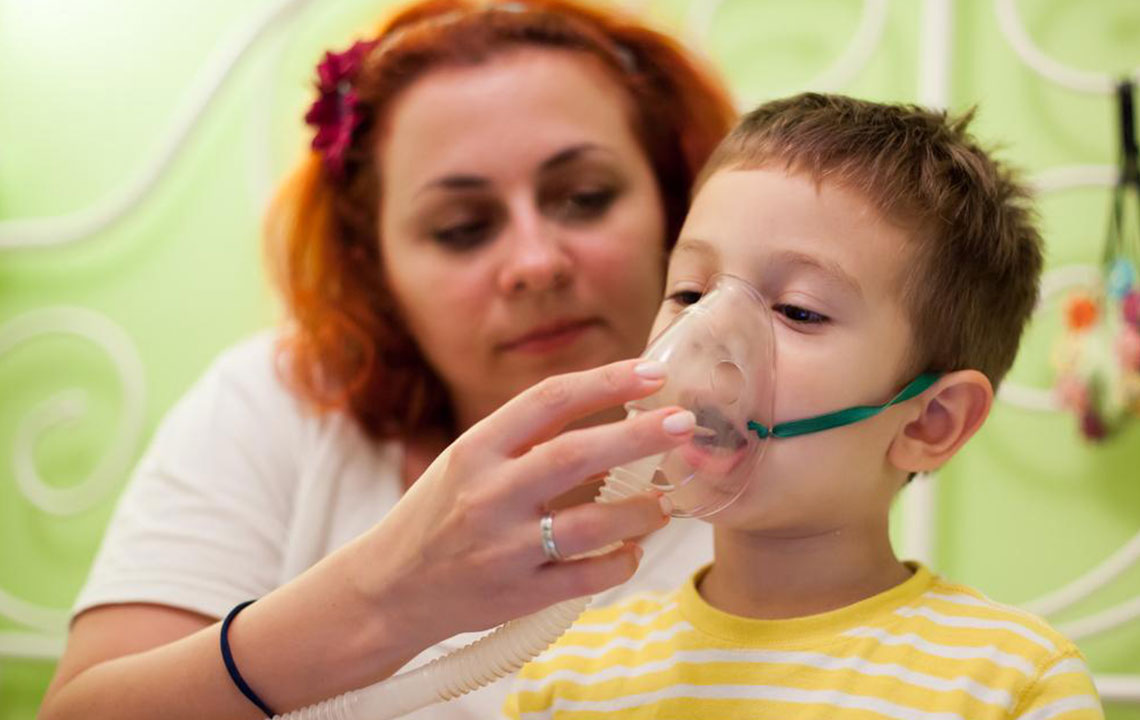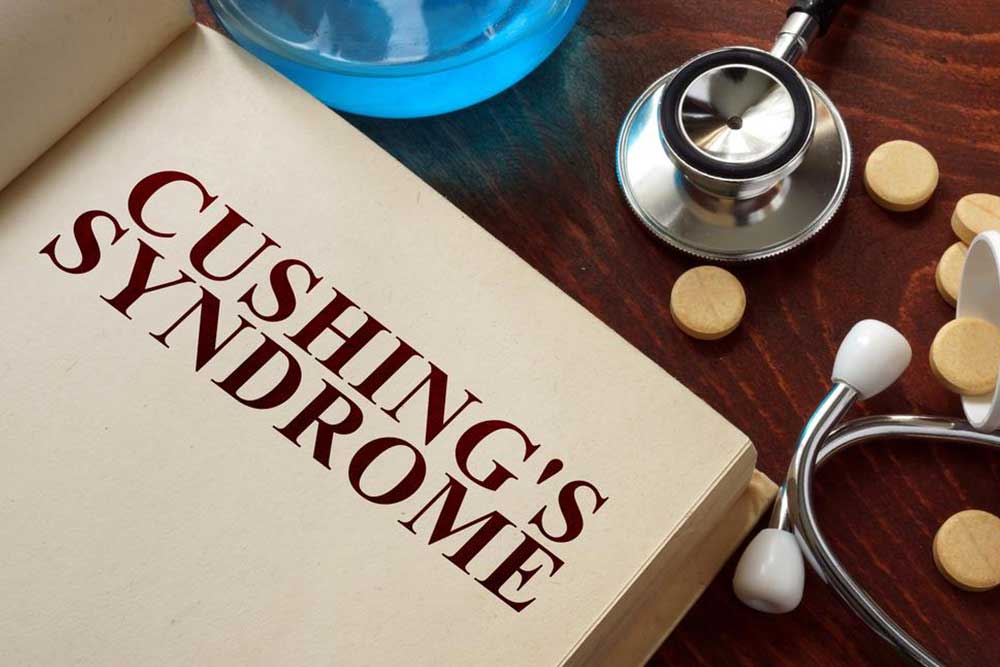Recognizing the Symptoms of Cushing’s Disease
Get an overview of Cushing’s disease, including key symptoms like weight gain, buffalo hump, and skin changes. Recognize early signs to seek prompt medical attention and manage the condition effectively.

Cushing’s disease is a rare health condition caused by prolonged high cortisol levels in the body. Also known as hypercortisolism, it often results from the adrenal glands overproducing cortisol, a hormone essential for energy regulation and stress response. Elevated cortisol can lead to health issues such as hypertension, osteoporosis, and sometimes Type 2 diabetes.
The presentation of Cushing’s varies depending on cortisol amounts, with common indicators including:
Weight gain – Noticeable rapid buildup, especially in the upper body, like arms, chest, and belly.
Buffalo hump – Fat accumulation at the upper back near the shoulders.
Acne – Breakouts on the face, back, shoulders, or chest in later stages.
Stretch marks – Violet or pink streaks on the abdomen, thighs, breasts, and arms.
Poor wound healing – Slower recovery from cuts and infections.
Menstrual issues – Irregular or missed periods in women.
Fatigue and muscle weakness – Ongoing tiredness, decreased strength, and emotional shifts.
Symptoms differ among individuals, varying from mild to severe. Early consultation with a healthcare professional is essential if any signs appear.
Note: This article provides general info and should not replace professional medical advice. For personalized health guidance, please consult a healthcare provider.


